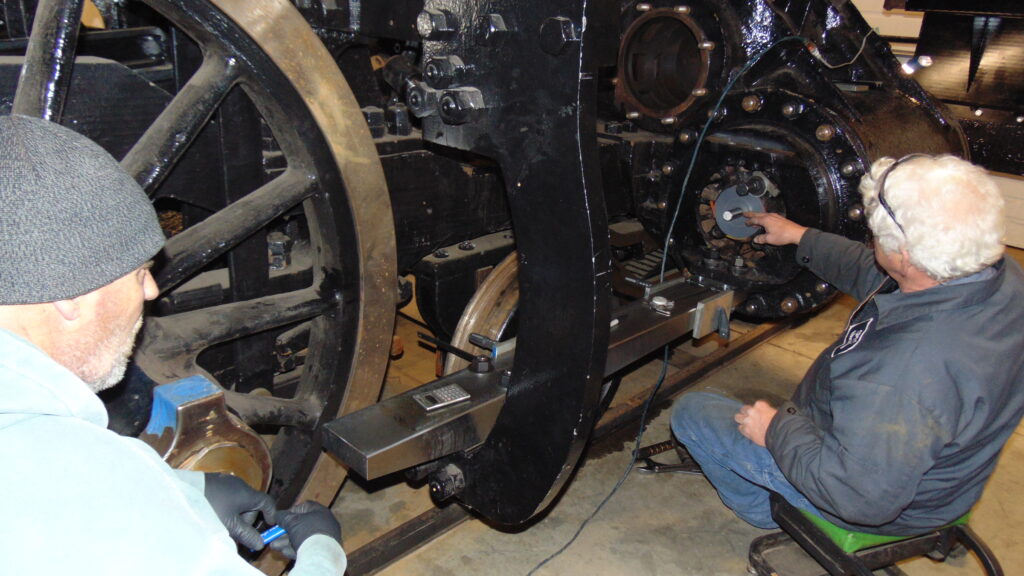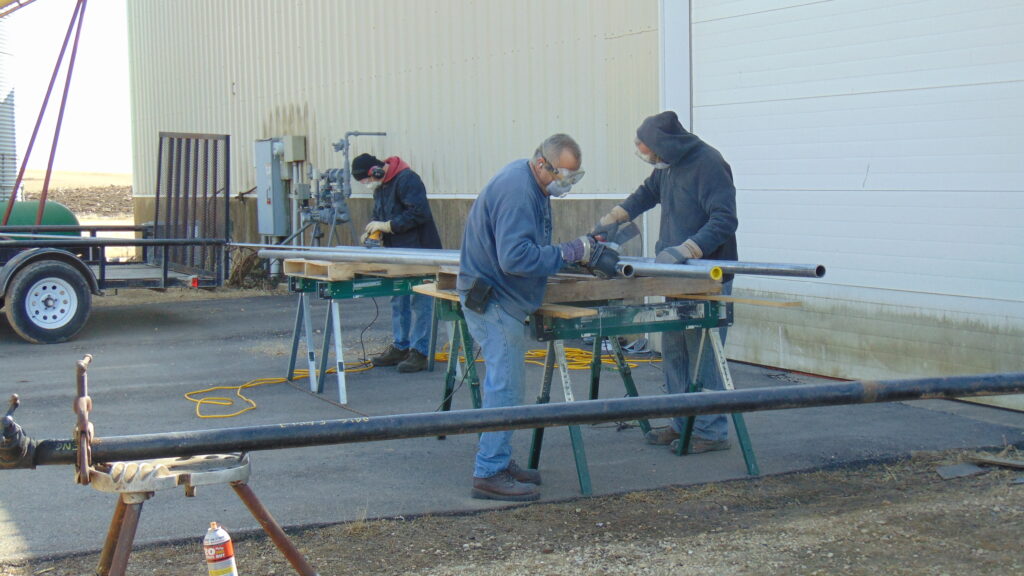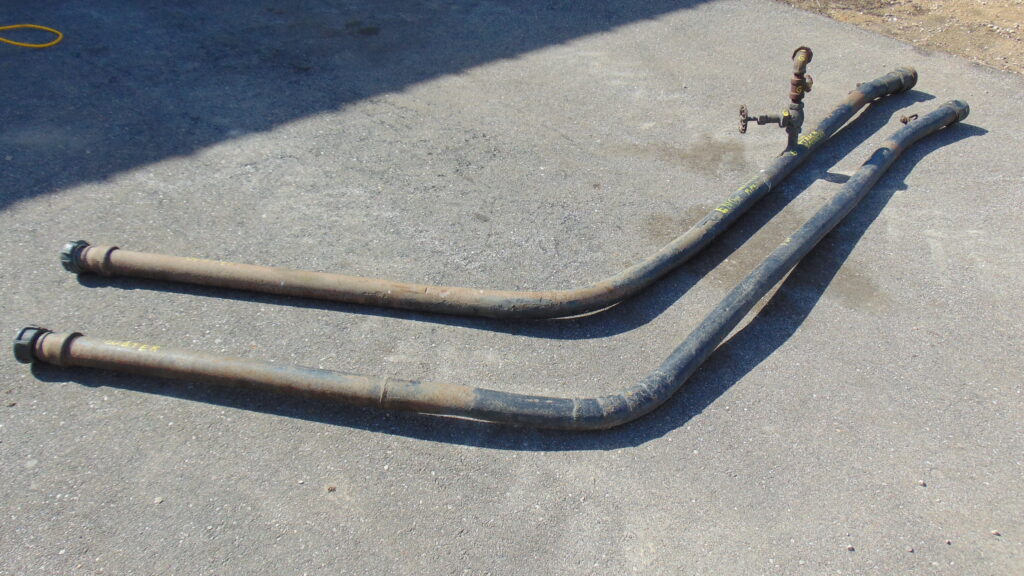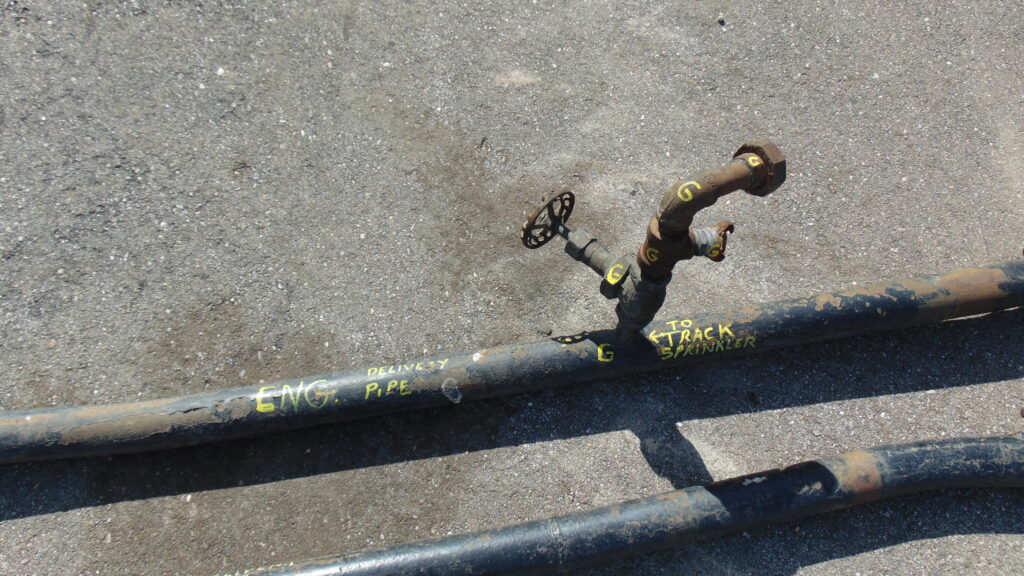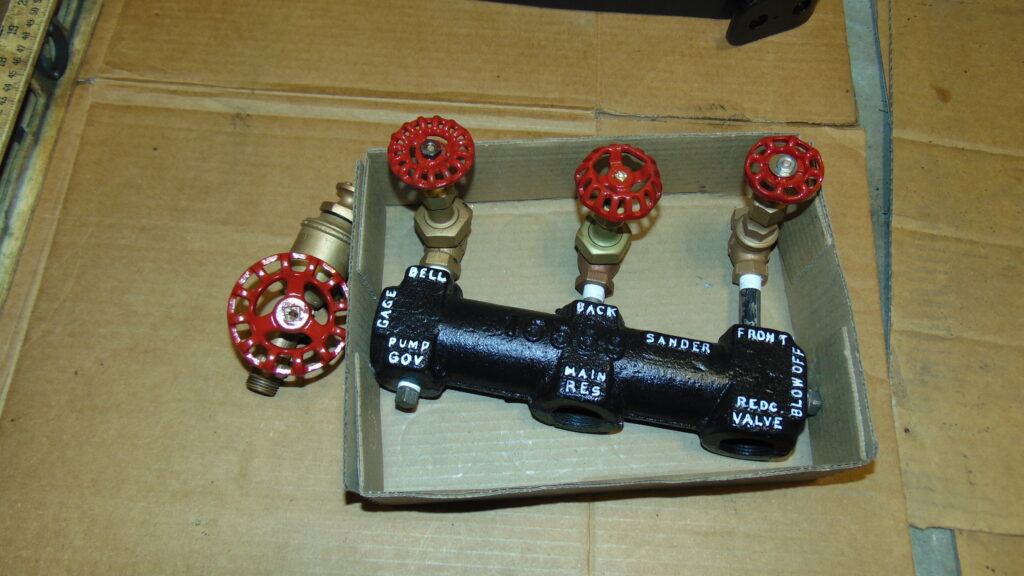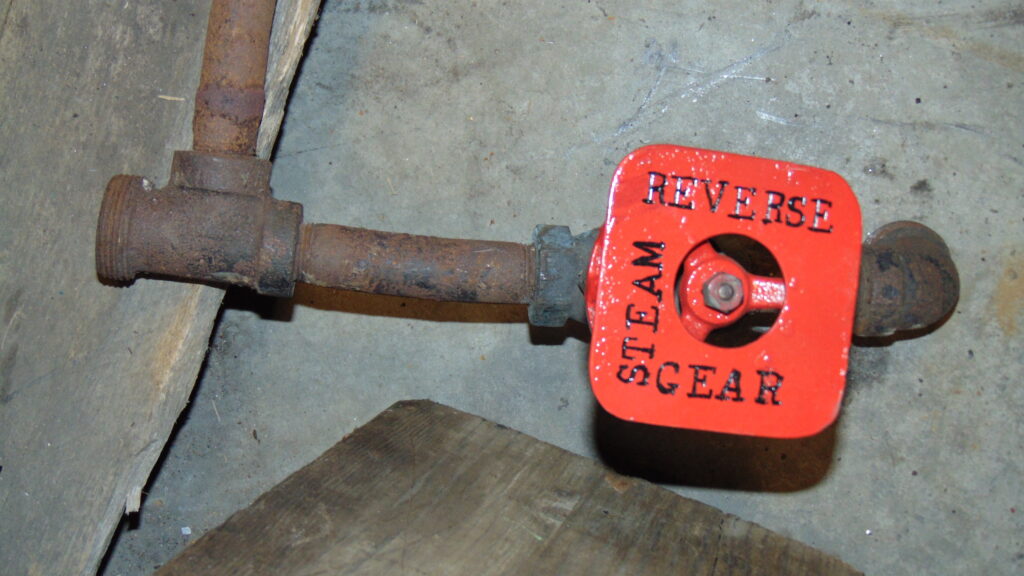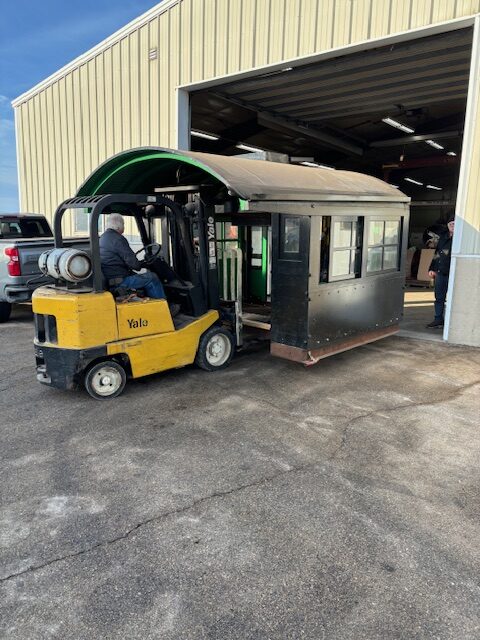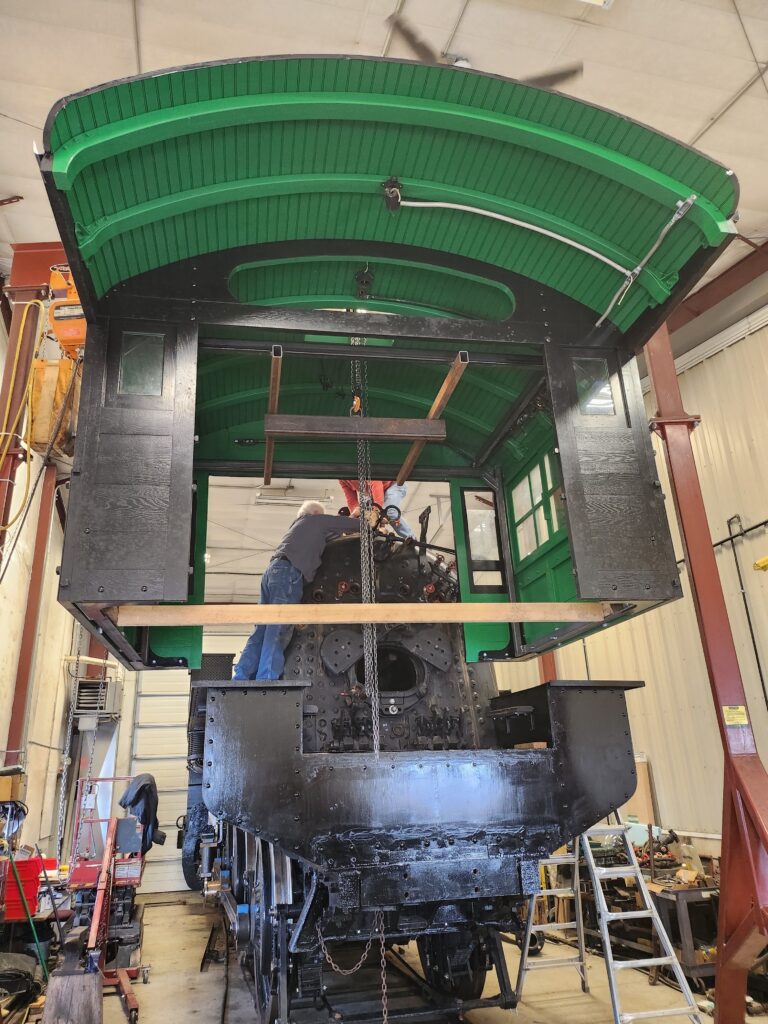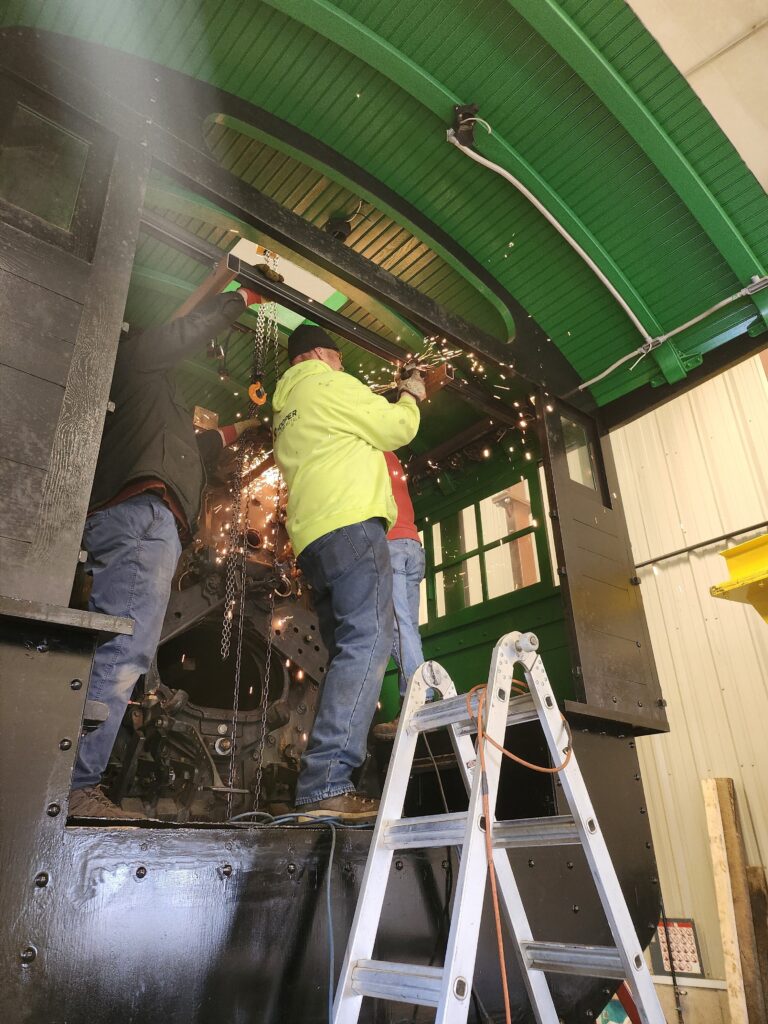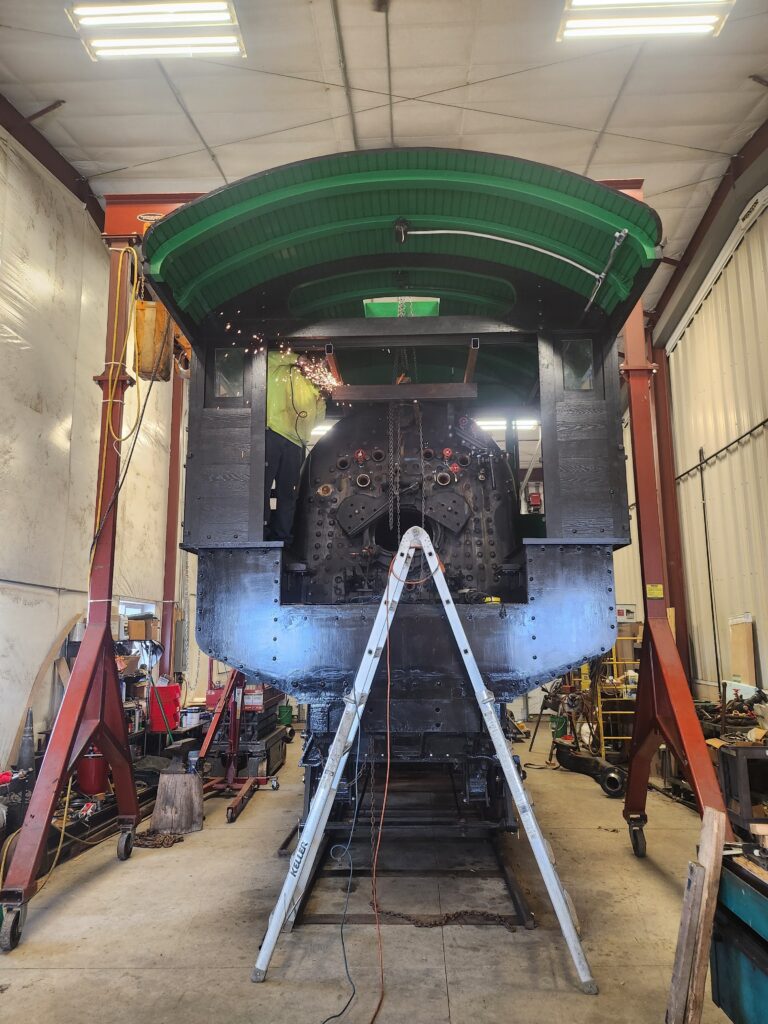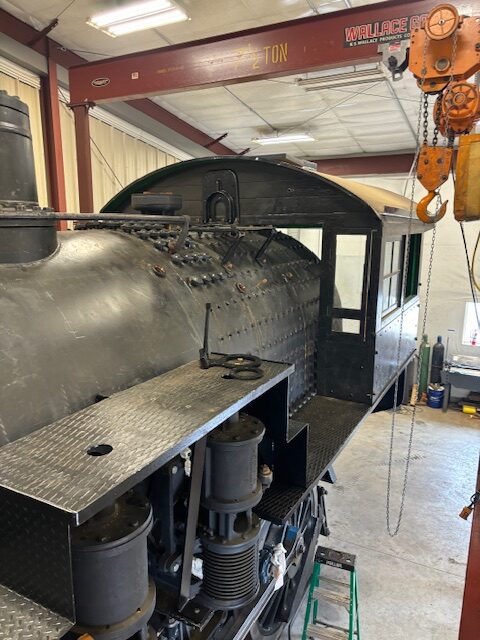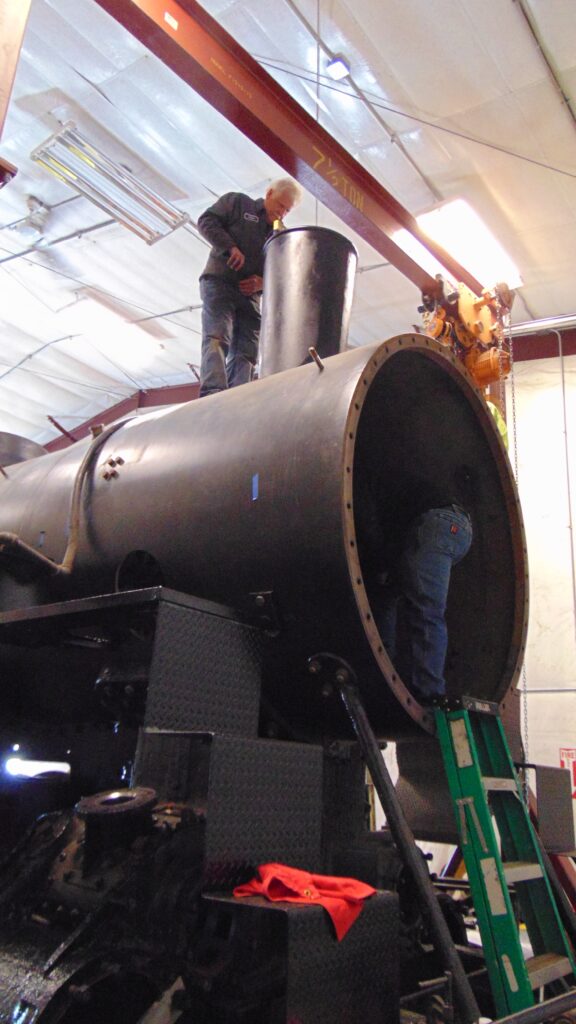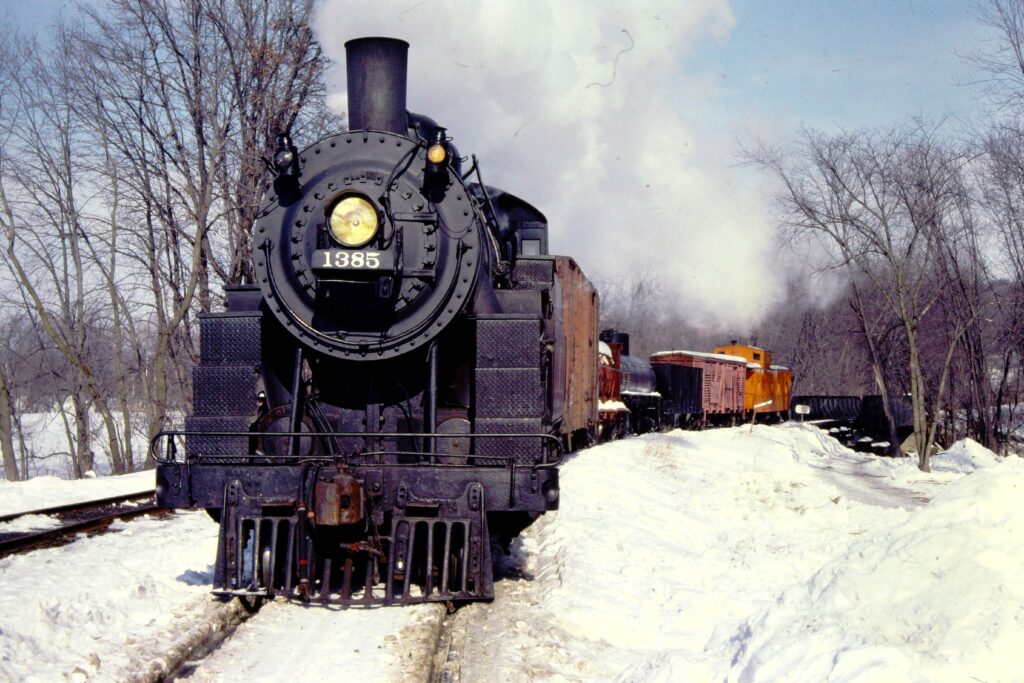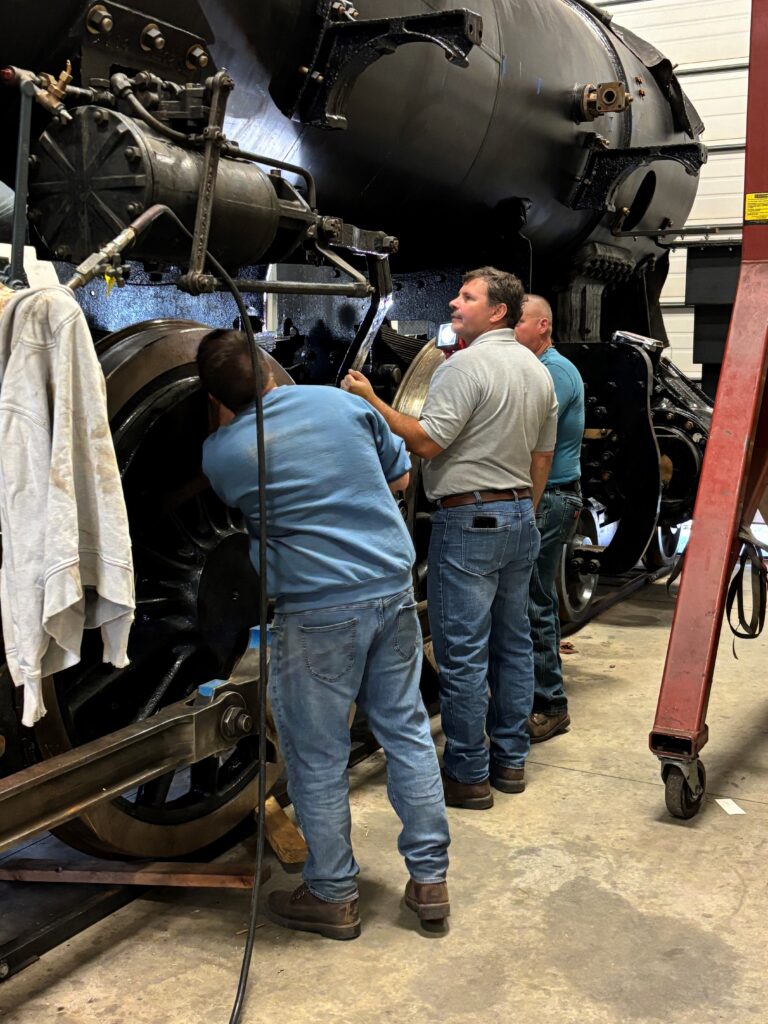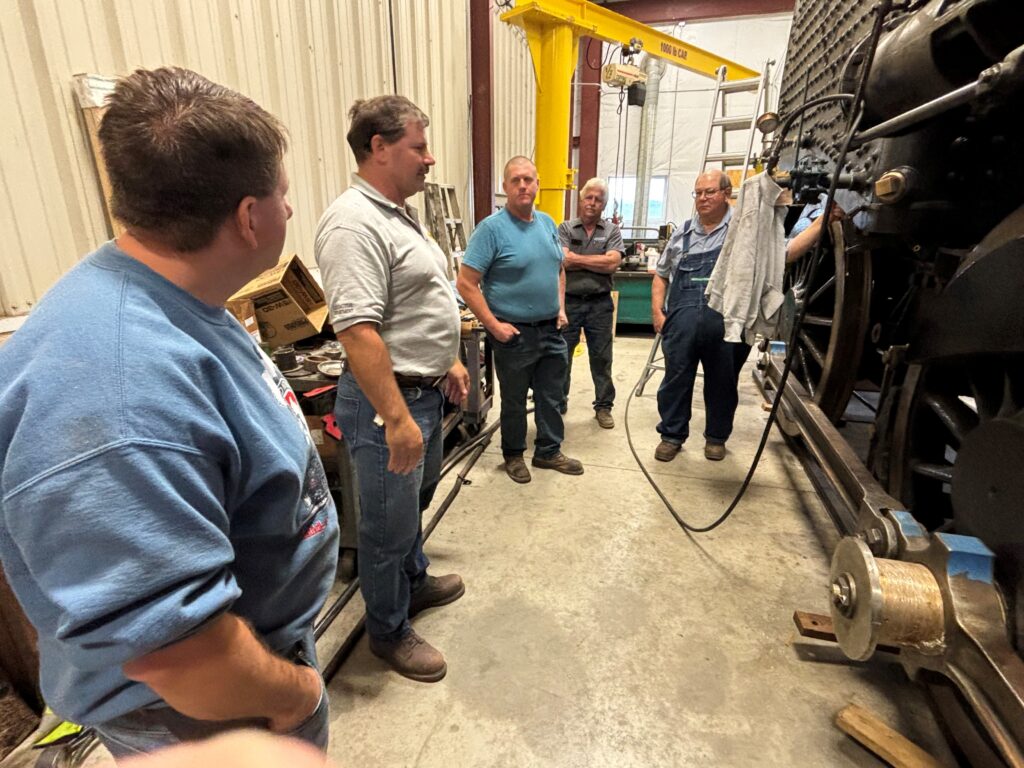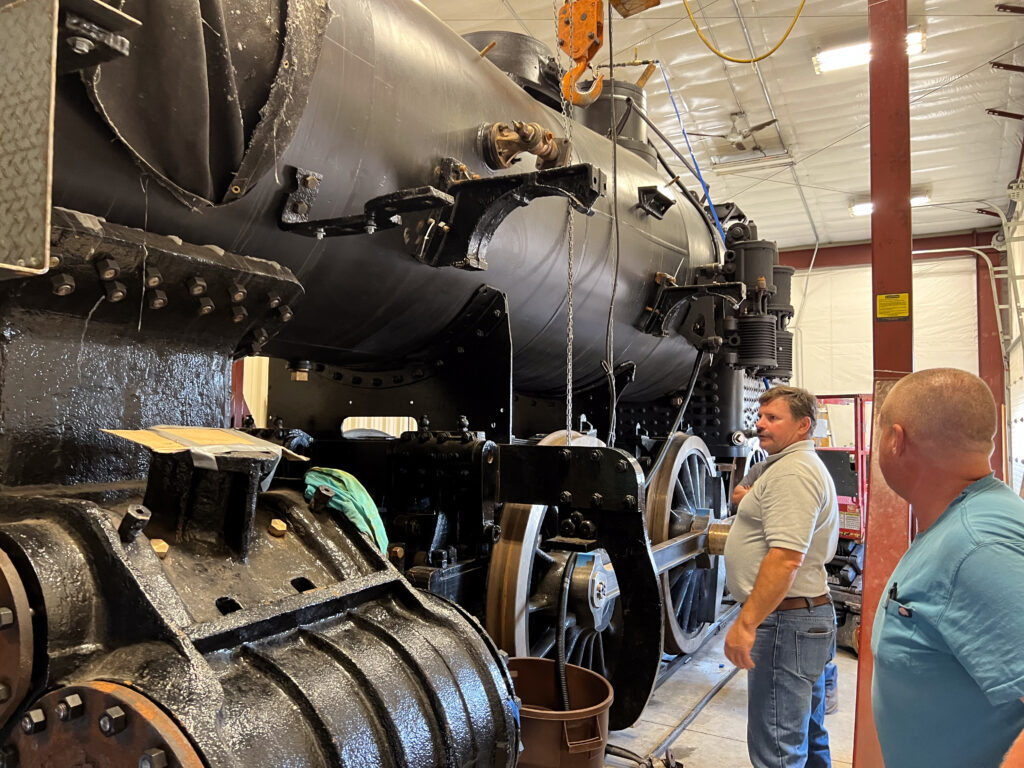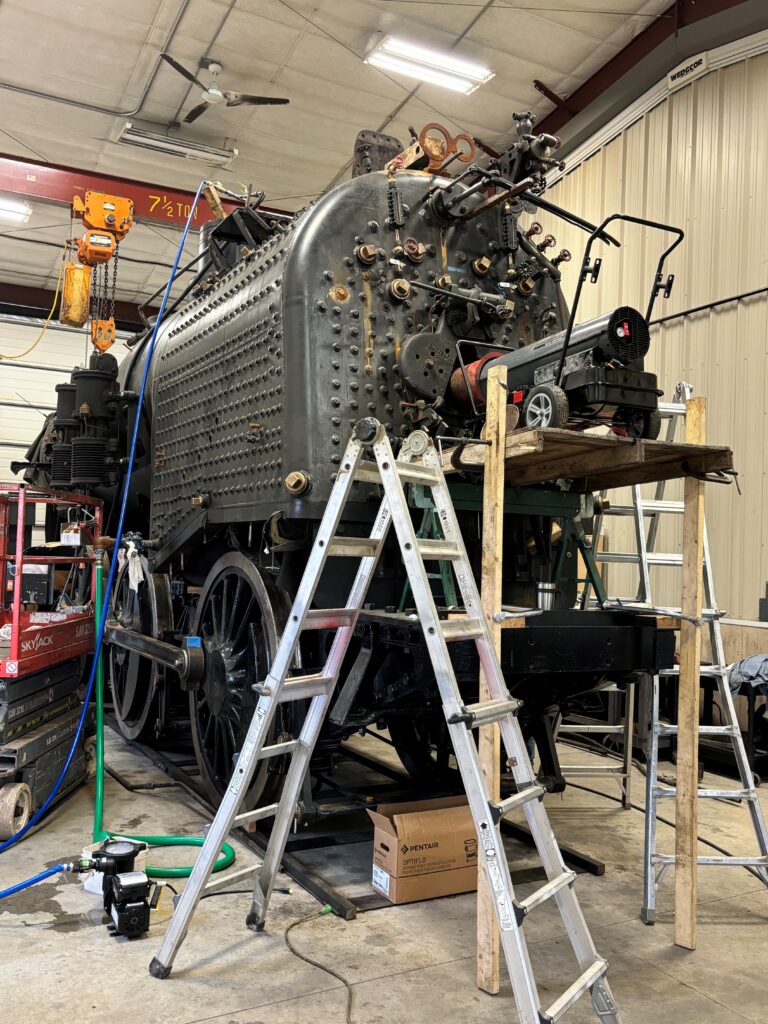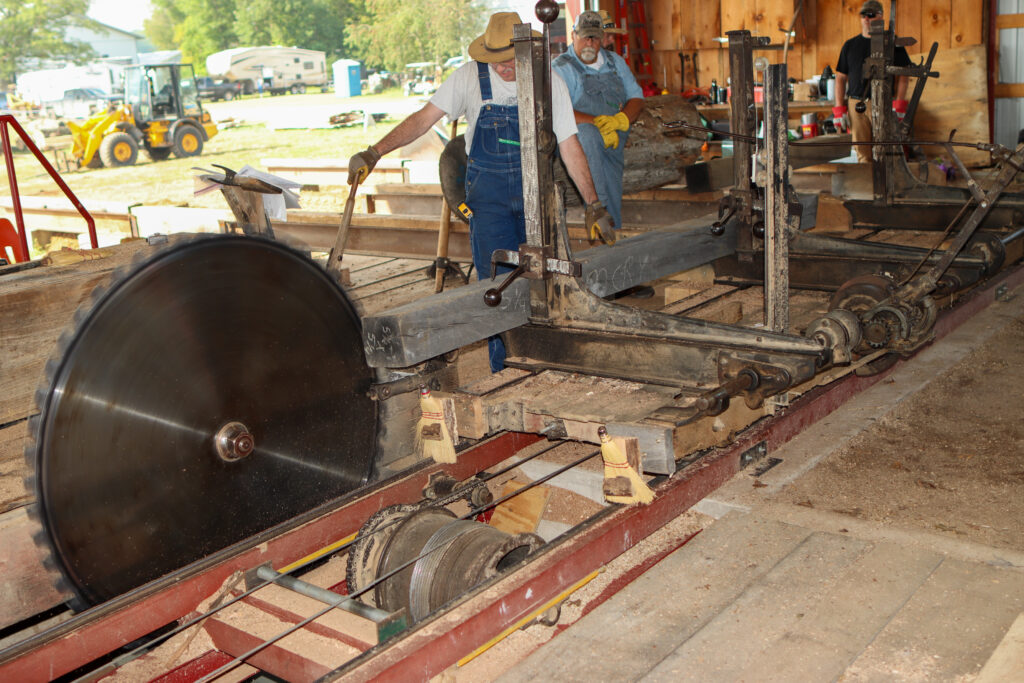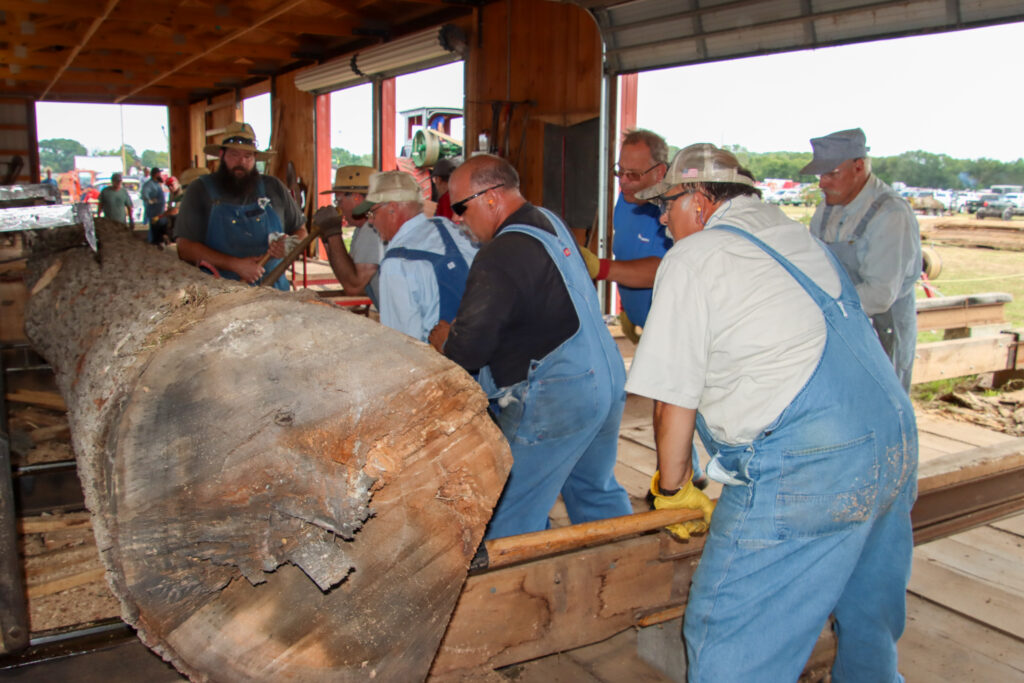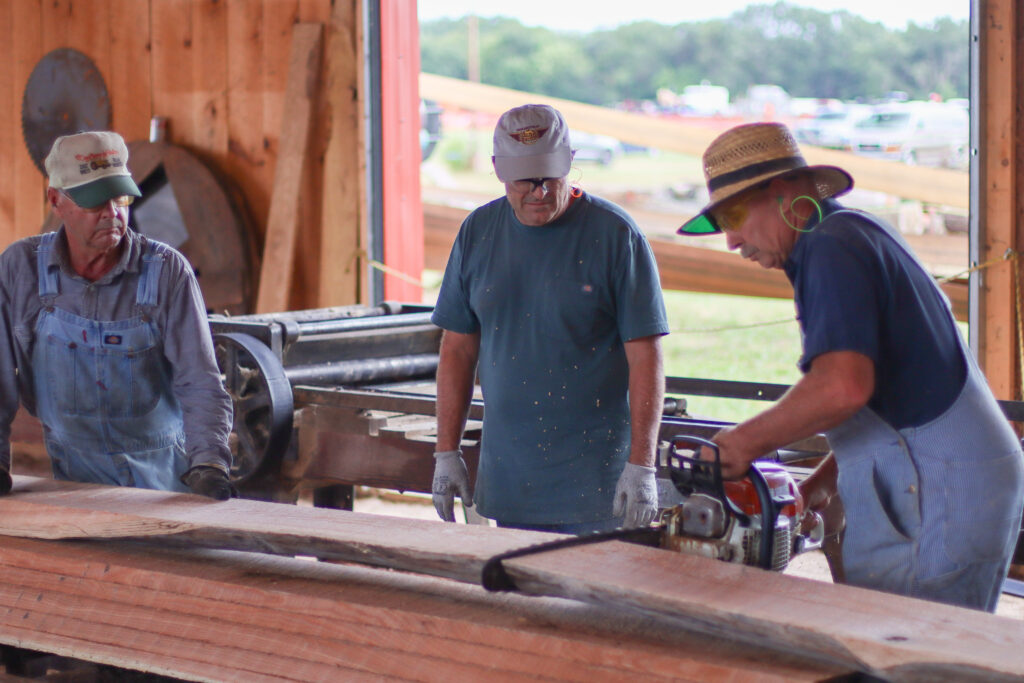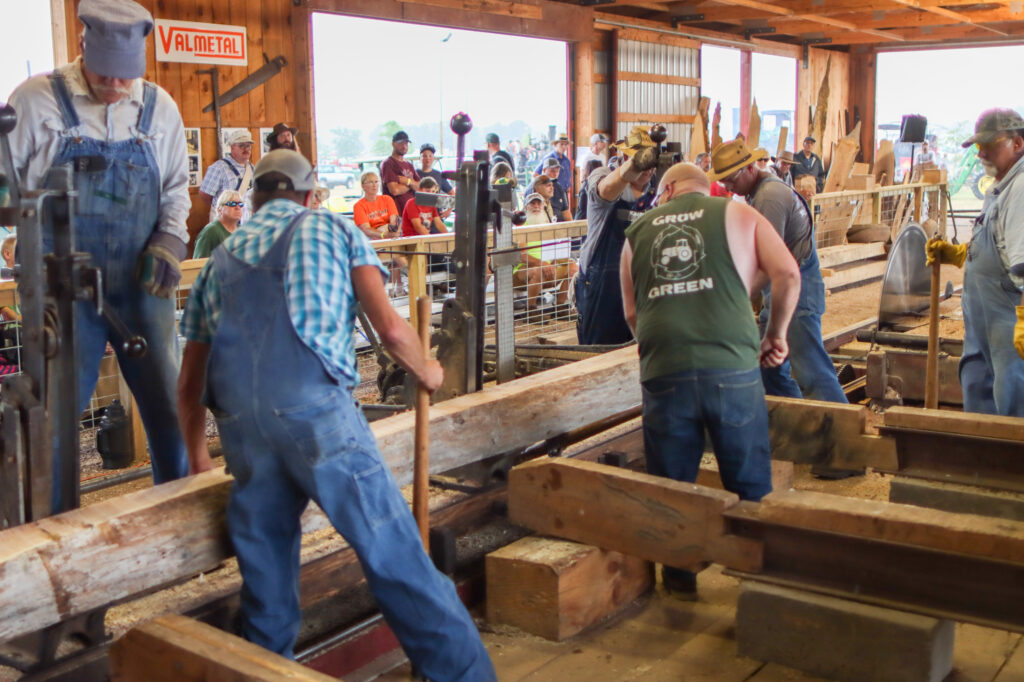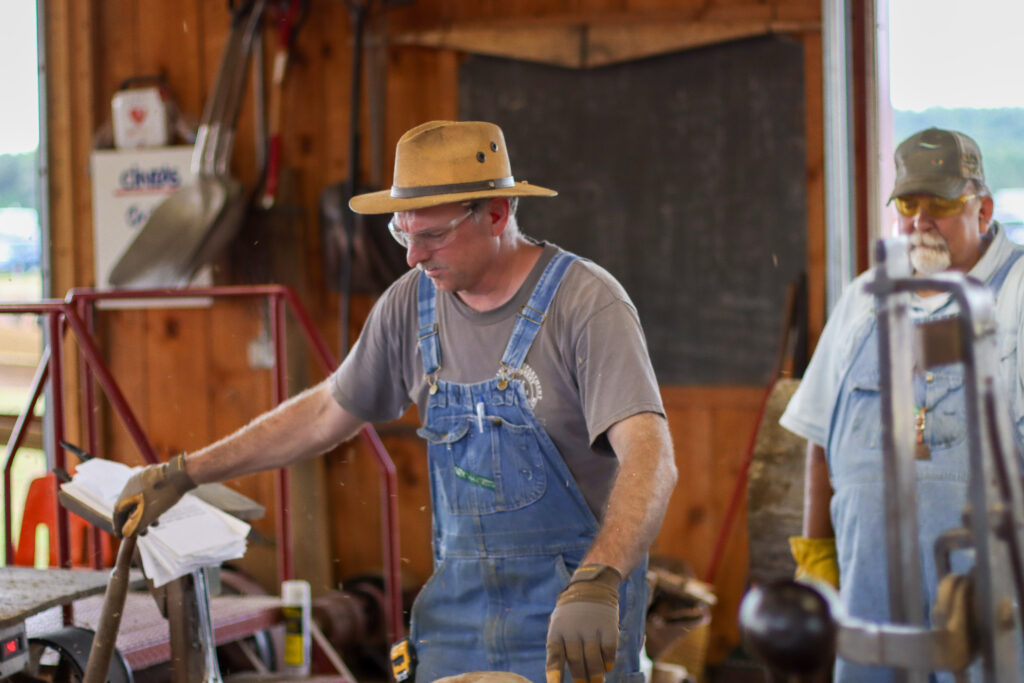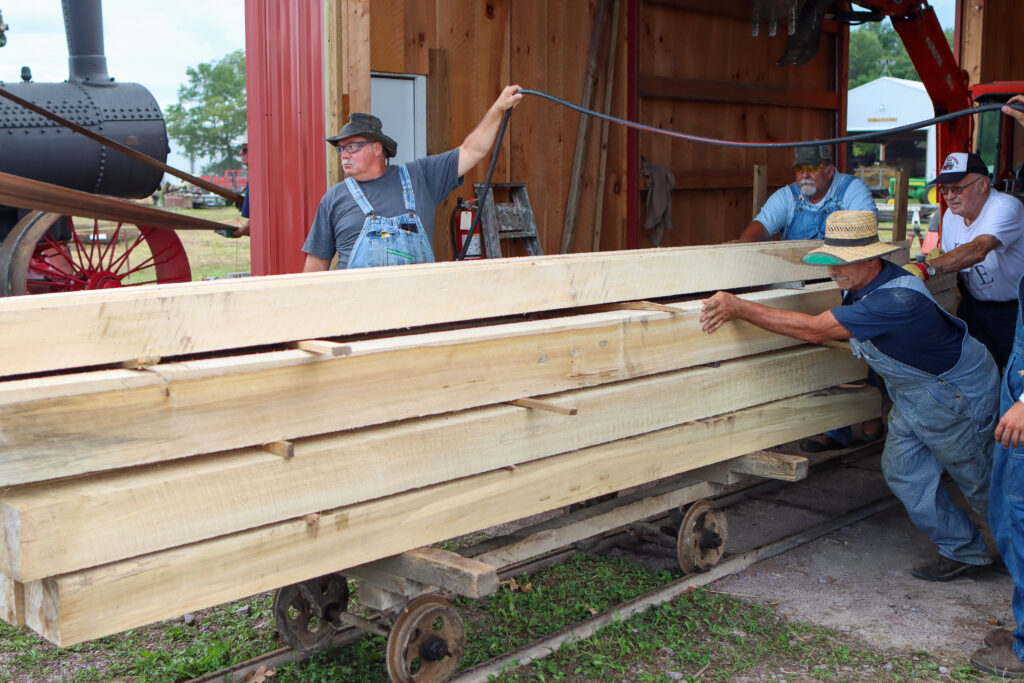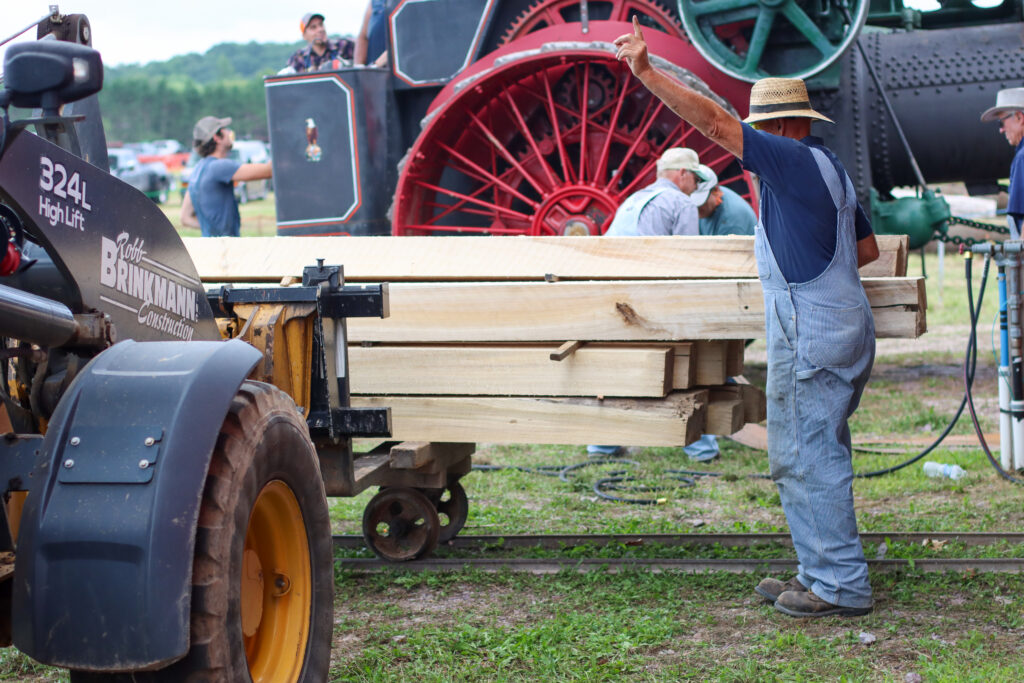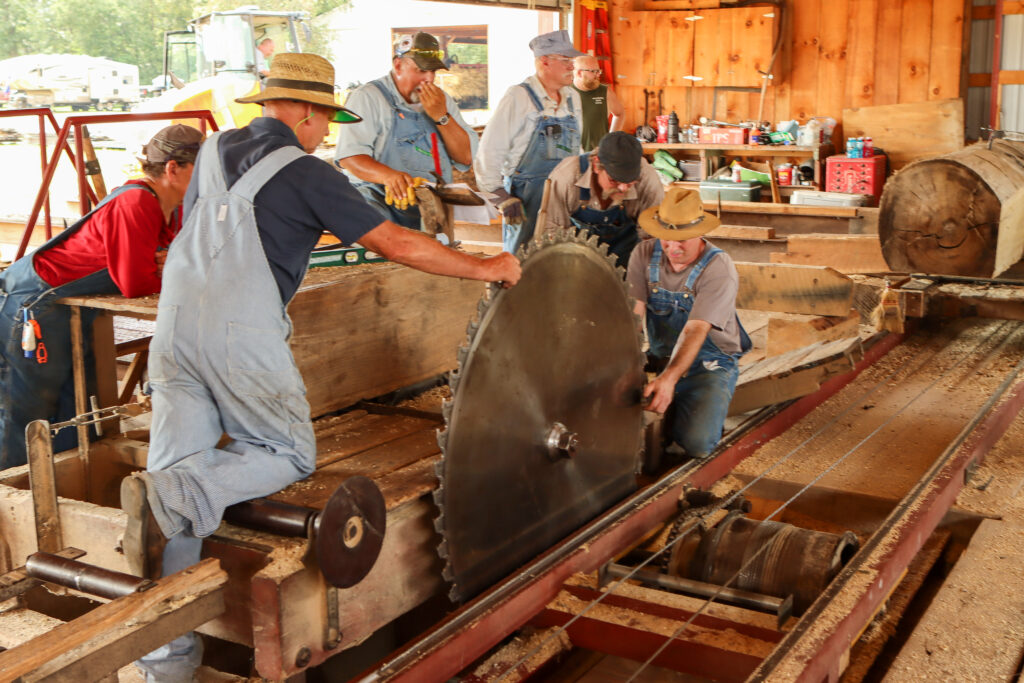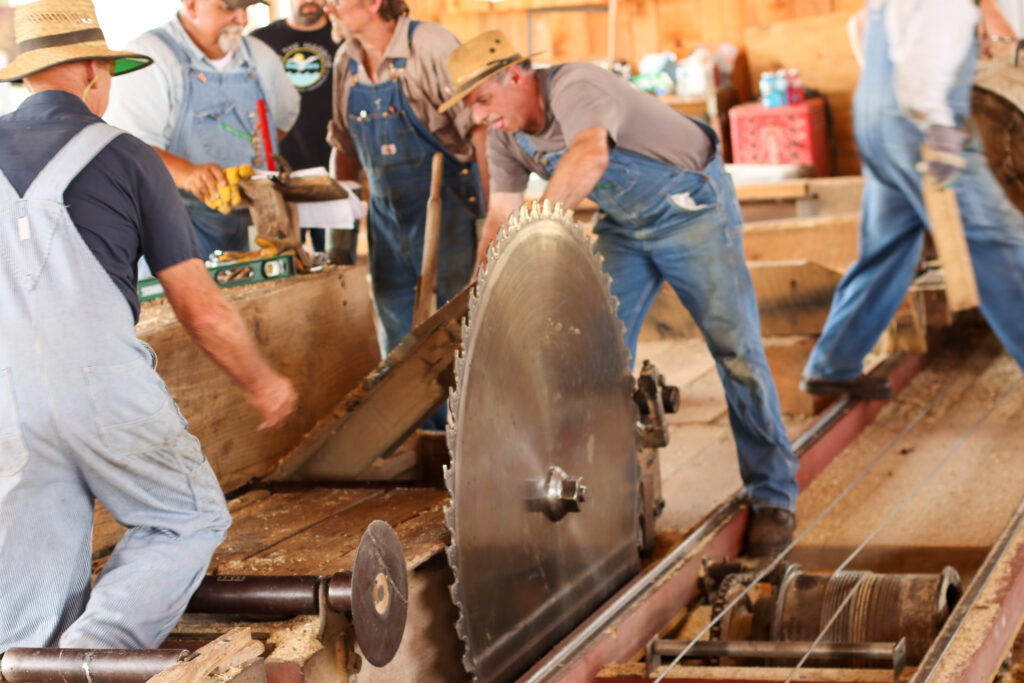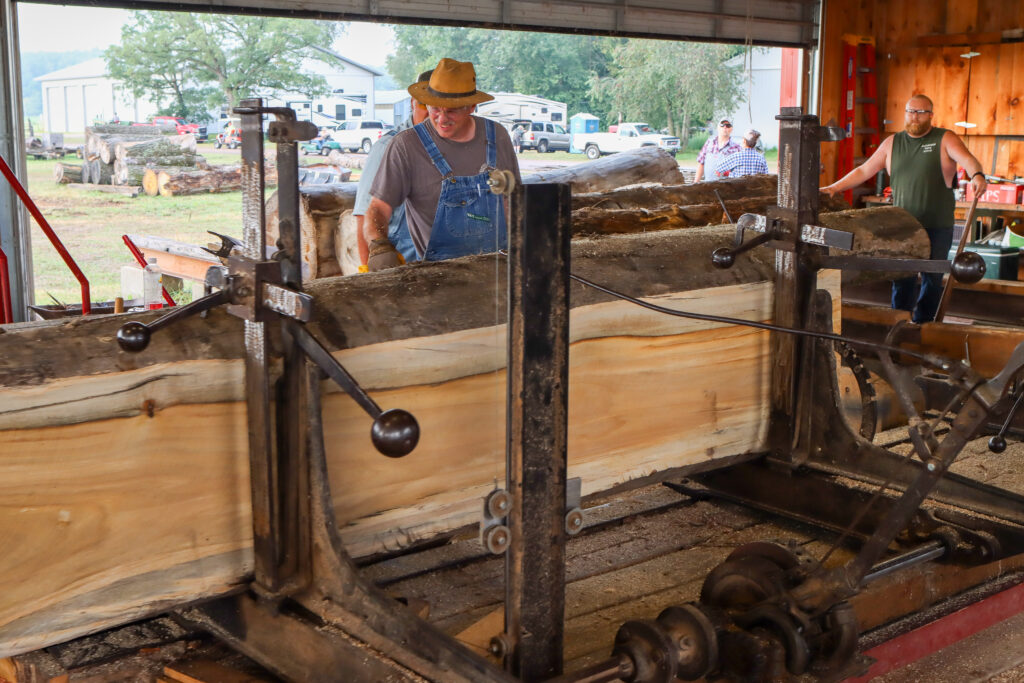We have had multiple teams working on various projects and great progress has been made. We are now working on the installation of the steam and air lines. As of right now, we are still looking for funding to bring the #1385 home. Thank you for your continued help and support on the full restoration of the #1385!
Sincerely,
Andy
MCRY President
Donations can be made online by clicking the link: https://www.paypal.com/donate/?hosted_button_id=QWRDMKVLN9CHU
You can also make a donation by phone or mail. (If donating with a check, please write ‘Bring the #1385 Home Fund’ in the memo line.) For assistance, contact our office staff at 608-522-4261. For more information and weekly updated donation fund thermometer, please check out our Facebook or our website post titled, “Your Help is Needed to Bring the C&NW #1385 Home Again!”
